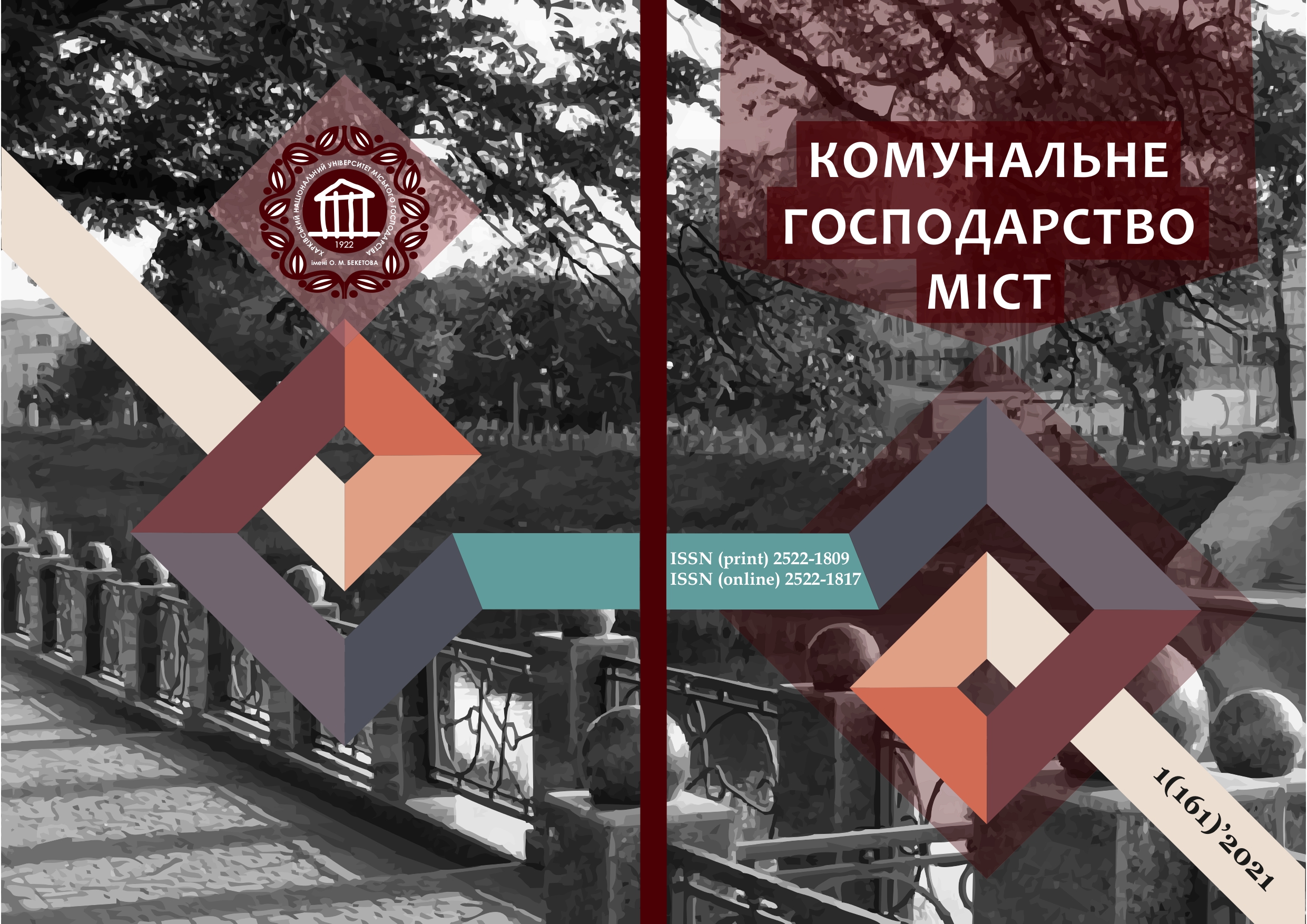EXPERIMENTAL-THEORETICAL CALCULATION OF THE STRESS-DEFORMED STATE OF THE BAR ON THE ELASTIC BASIS
Array
Keywords:
beam, elastic base, stress-strain state.Abstract
Any strip foundation, and sometimes a slab foundation can be consideredas a be a mon an elastic base. And if with calculation of a beam – the tape base problems practically do not a rise because loading on the tape base as a rule is evenly distributed, and means and the base be haves, a sabsolutelyrigid beam. Then when considering a section of the foundation with unevenlyapplied load, some problems may arise.
Today there are many publications on studies of the use of beams with an elastic base in the field of construction and the application of the features of the method of calculating the stress-strain state in the field of design. As is known, from classical soil mechanics, when a load is applied to a flexible slab, its center gives a draft of 1.24-1.57 times greater than the edges. Note that this effect can be explained by the contour work of the base and its uneven stiffness in the central and peripheral zone of the slab foundation.
It should be noted that today in most cases the method of BN Zhemochkin [6] is used as the basis for the analytical solution of the problem of the interaction of the beam with the elastic base, which combines an engineering approach and strict solutions of the theory of elasticity. According to research, the method is based on the replacement of the continuous problem of the interaction of the foundation beam with the soil base, discrete, with a limited number of calculated sections within the beam and approximation of the smooth reactive pressure curve stepped with a constant value within a single section. Such simplifications allow to calculate various engineering problems on interaction of beams and plates, including with difficult geometry with the set degree of accuracy, bypassing difficult differential and integral calculations.
References
2. Berlinov M.V. Primery` rascheta osnovanij i fundamentov / M.V. Berlinov, B.A. Yagupov. – Moskva : Strojizdat, 1986. – 173 s.
3. Shvecz` V.B. Mekhani`ka gruntiv. Osnovi ta fundamenti : pidruchnik / V.B. Shvecz`, I.P. Bojko, Yu.L. Vinnikov ta in. – Dni`propetrovs`k : «Porogi», 2012. – 196 s.
4. Fundamenti budivel` i sporud / Yu. L. Vinnikov ta in. / – Kiyiv : Urozhaj, 2002. – 432 s.
5. Ukhov S.B. Mekhanika gruntov, osnovaniya i fundamenta : uchebnoe posobie dlya stroit. specz. vuzov / S.B. Ukhov, V.V. Semenov, V.V. Znamenskij i dr. / pod. red. S.B. Ukhova. – 3-e izdanie, ispr. – Moskva : Vyssh. shk., 2004. – 566 s.
6. Zhemochkin B.N. Prakticheskie metody rascheta fundamentnykh balok i plit na uprugom osnovanii / B.N. Zhemochkin, A.P. Siniczin. – M. : Gosstrojizdat, 1962. – 239 s.
7. Ter-Martirosyan, Z.G. Mekhanika gruntov / Z.G. Ter-Martirosyan. – Moskva : Izd. ASV., 2005.– 488 s.
8. Osnovaniya, fundamenty` i podzemny`e sooruzheniya / pod red. E.A. Sorochana/ Spravochnik proektirovshhika. – Moskva: 1985. – 325 s.
9. Luchkovskij I.Ya Vzayemodiya konstrukczij z osnovoyu / I.Ya. Luchkovskij / Biblioteka ITE. Tom 3. – Kharkiv : KhDAMG, 2000. – 264 s.
10. Bronshtejn I.N., Semendyaev K.A. Spravochnik po matematike. –M. : GITL., 1956. – 608 s. – S.481–483.
11. Korn G.K., Korn T.K. Spravochnik po matematike. – M. : Izdatel`stvo «Nauka» GRMML, 1974. – 832 s. – S. 316–317.
12. PLAXIS 3D Foundation. Uchebnoe posobie. Versiya 1. – 74 s.
Downloads
Published
How to Cite
Issue
Section
License
The authors who publish in this collection agree with the following terms:
• The authors reserve the right to authorship of their work and give the magazine the right to first publish this work under the terms of license CC BY-NC-ND 4.0 (with the Designation of Authorship - Non-Commercial - Without Derivatives 4.0 International), which allows others to freely distribute the published work with a mandatory reference to the authors of the original work and the first publication of the work in this magazine.
• Authors have the right to make independent extra-exclusive work agreements in the form in which they were published by this magazine (for example, posting work in an electronic repository of an institution or publishing as part of a monograph), provided that the link to the first publication of the work in this journal is maintained. .
• Journal policy allows and encourages the publication of manuscripts on the Internet (for example, in institutions' repositories or on personal websites), both before the publication of this manuscript and during its editorial work, as it contributes to the emergence of productive scientific discussion and positively affects the efficiency and dynamics of the citation of the published work (see The Effect of Open Access).

